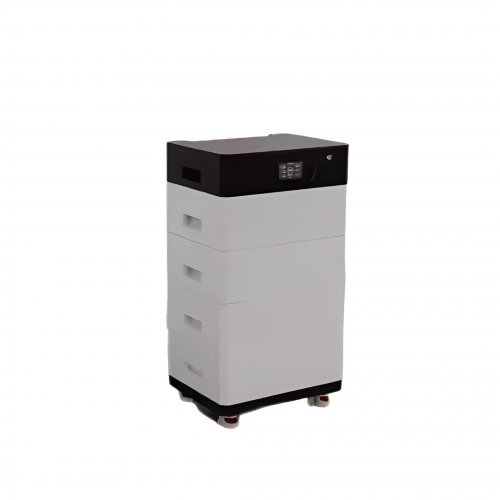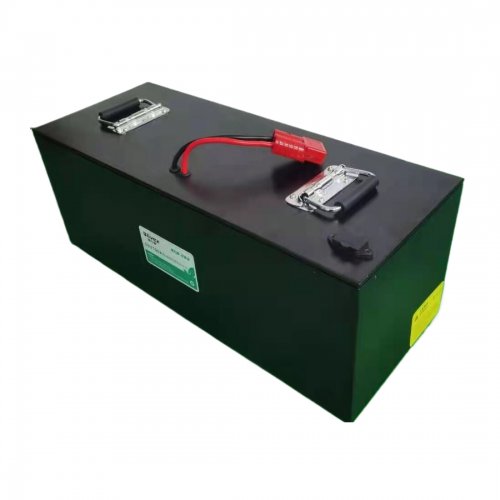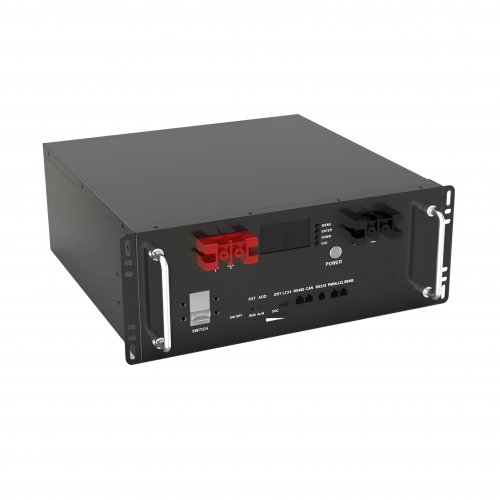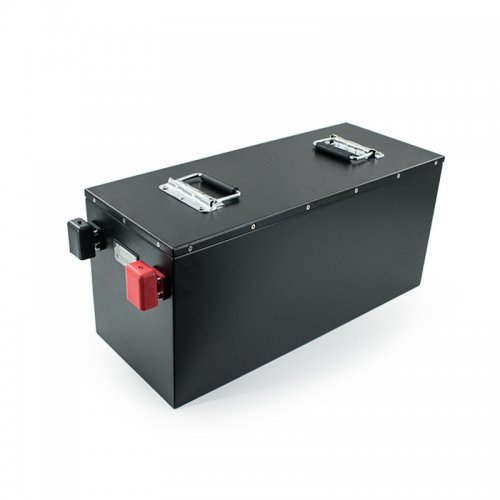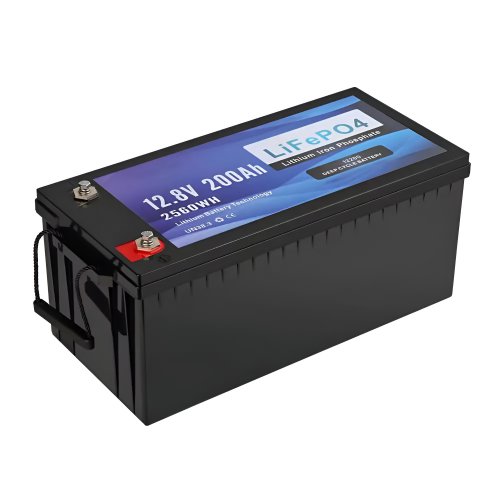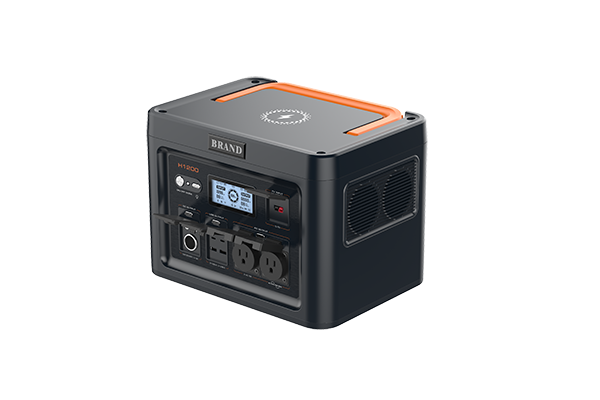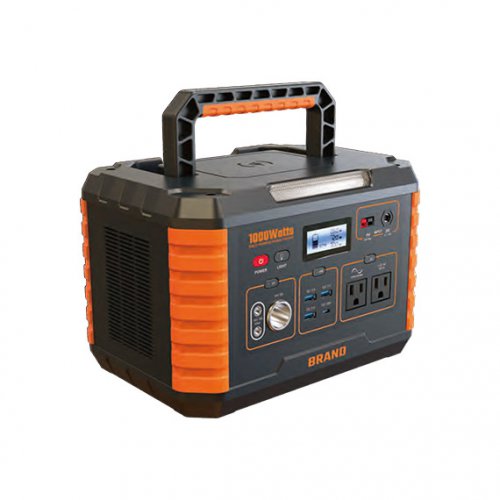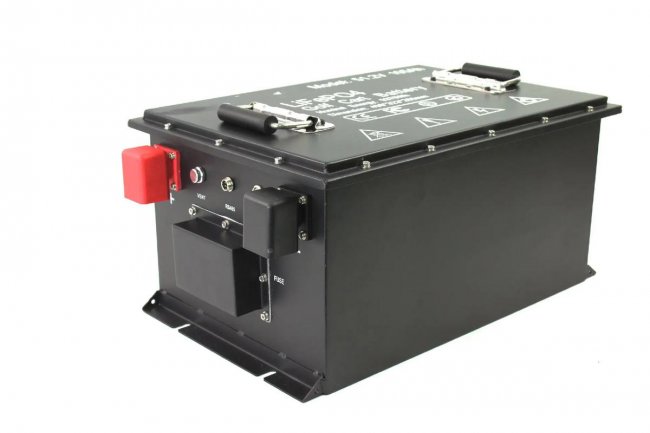Advances In Nanostructured Materials: From Precise Synthesis To Multifunctional Applications
The realm of nanostructured materials, defined by their engineered features at the 1-100 nanometer scale, continues to be a cornerstone of modern scientific and technological advancement. The ability to manipulate matter at the atomic and molecular level has unlocked unprecedented control over material properties, leading to breakthroughs across energy, medicine, electronics, and environmental science. Recent progress has been characterized by a shift from simply creating nanostructures to programming them with atomic-level precision and hierarchical complexity for targeted, often multifunctional, applications.
Precision Synthesis and Emerging Architectures
The frontier of synthesis is increasingly focused on precision and scalability. While bottom-up methods like colloidal synthesis and self-assembly remain vital, advanced techniques are pushing the boundaries of control. Atomic layer deposition (ALD) and molecular layer deposition (MLD) now enable the creation of ultra-thin, conformal coatings and complex core-shell heterostructures with sub-nanometer accuracy, which are critical for next-generation electronics and catalysis [1]. Furthermore, the emergence of sophisticated self-assembly strategies, leveraging DNA origami or block copolymers as templates, allows for the creation of complex 3D superlattices and mesoporous materials with programmable pore sizes and geometries [2]. This shift from stochastic to programmable assembly is a key technological breakthrough.
A particularly exciting development is the rise of moiré superlattices in van der Waals heterostructures. By precisely stacking atomically thin layers like graphene and transition metal dichalcogenides (TMDs) with a twist angle, researchers can create a new periodic potential, leading to the emergence of novel electronic phenomena, including superconductivity and correlated insulating states [3]. This represents a form of "quantum material on demand," where the material's electronic properties are not defined by its chemical composition alone but by the topological configuration of its building blocks.
Another significant trend is the design of hierarchical nanostructures that mimic nature's complexity. For instance, 3D graphene aerogels with multiscale porosity combine macropores for rapid mass transport with micropores for high surface area, making them ideal for high-power energy storage and sensing. Similarly, bio-templating—using biological structures like viruses or cellulose scaffolds—is being used to create intricate inorganic nanomaterials with unique optical and mechanical properties.
Technological Breakthroughs in Key Sectors
These advanced materials are driving transformative applications:Energy Storage and Conversion: In lithium-ion and post-lithium batteries, nanostructuring is pivotal. Silicon nano-wires and porous silicon particles mitigate pulverization issues during lithiation, enabling high-capacity anodes. For solid-state batteries, nanostructured ceramic-polymer composite electrolytes are being developed to enhance ionic conductivity and interface stability [4]. In catalysis, single-atom catalysts (SACs), where individual metal atoms are anchored on a nanocarbon or oxide support, represent the ultimate utilization of precious metals and exhibit exceptional activity and selectivity for reactions like oxygen reduction and CO2 conversion [5].Nanomedicine and Theranostics: The field has moved beyond simple drug carriers to sophisticated theranostic platforms. Recent breakthroughs include stimuli-responsive nanostructures that release their payload only in the acidic tumor microenvironment or upon exposure to specific enzymes. Multifunctional nanoparticles that combine magnetic resonance imaging (MRI) contrast agents (e.g., superparamagnetic iron oxide nanoparticles) with photothermal therapy capabilities allow for simultaneous diagnosis and treatment. Lipid nanoparticles (LNPs), propelled to prominence by their role in mRNA COVID-19 vaccines, exemplify a major clinical success story for nucleic acid delivery, with ongoing research focused on targeting them to specific tissues beyond the liver.Environmental Remediation and Catalysis: Nanostructured adsorbents and catalysts are at the forefront of addressing pollution. Metal-Organic Frameworks (MOFs) and covalent organic frameworks (COFs), with their extraordinarily high surface areas and tunable pore chemistry, are highly effective at capturing CO2 and volatile organic compounds. Furthermore, plasmonic nanoparticles like Au and Ag are being used to drive photocatalytic reactions under visible light, offering energy-efficient pathways for water purification and chemical synthesis.Advanced Electronics and Photonics: The semiconductor industry continues to leverage nanostructuring. The development of 2D materials beyond graphene, such as semiconducting molybdenum disulfide (MoS2), is promising for ultra-thin, flexible transistors. In photonics, dielectric metasurfaces composed of arrays of nano-scale silicon resonators are enabling flat optical components that can manipulate light with unprecedented control, paving the way for compact cameras, holographic displays, and advanced sensors.
Future Outlook and Challenges
The trajectory of nanostructured materials research points towards several exciting, albeit challenging, directions. The integration of artificial intelligence (AI) and machine learning (ML) is set to revolutionize materials discovery. By mining vast datasets of synthesis conditions and resulting properties, AI models can predict novel stable nanostructures and optimize synthesis parameters, dramatically accelerating the development cycle.
The concept of "smart" or "living" materials that can adapt, self-heal, and respond autonomously to their environment is another frontier. This involves integrating synthetic biology with nanomaterials or creating bio-inspired systems that mimic homeostasis. For example, a future nanostructured coating could detect micro-cracks and autonomously release a healing agent.
However, significant challenges remain. Scalable and sustainable manufacturing of complex nanostructures is a persistent hurdle. Many brilliant laboratory syntheses are not easily translatable to industrial-scale production. The environmental, health, and safety (EHS) implications of nanomaterials require continued rigorous investigation to ensure their safe deployment. Life-cycle analysis will be crucial for evaluating the true environmental impact of these materials from production to disposal.
Furthermore, the increasing complexity of nanostructures demands advancedin-situandoperandocharacterization techniques. Observing dynamic processes like nucleation and growth, or chemical reactions at the solid-liquid interface within a battery, in real-time is essential for gaining fundamental understanding and guiding rational design.
In conclusion, the field of nanostructured materials is maturing from a discipline focused on fundamental properties to one that engineers complex, intelligent systems. The convergence of materials science with biology, computation, and robotics promises a future where nanomaterials are not merely components but active, responsive partners in solving some of humanity's most pressing challenges in sustainability, health, and information technology.
References
[1] George, S. M. (2010). Atomic Layer Deposition: An Overview.Chemical Reviews,110(1), 111–13 1.
[2] Liu, W., et al. (2021). DNA-guided crystallization of colloidal nanoparticles.Nature,591(7849), 586-591.
[3] Cao, Y., et al. (2018). Unconventional superconductivity in magic-angle graphene superlattices.Nature,556(7699), 43–50.
[4] Manthiram, A., et al. (2017). Lithium battery chemistries enabled by solid-state electrolytes.Nature Reviews Materials,2(4), 16103.
[5] Wang, A., Li, J., & Zhang, T. (2018). Heterogeneous single-atom catalysis.Nature Reviews Chemistry,2(6), 65-81.
Customized/OEM/ODM Service
HomSolar Supports Lifepo4 battery pack customization/OEM/ODM service, welcome to contact us and tell us your needs.


HomSolar: Your One-stop LiFePO4 Battery Pack & ESS Solution Manufacturer
Our line of LiFePO4 (LFP) batteries offer a solution to demanding applications that require a lighter weight, longer life, and higher capacity battery. Features include advanced battery management systems (BMS), Bluetooth® communication and active intelligent monitoring.

Customised Lithium Iron Phosphate Battery Casing
ABS plastic housing, aluminium housing, stainless steel housing and iron housing are available, and can also be designed and customised according to your needs.

HomSolar Smart BMS
Intelligent Battery Management System for HomSolar Energy Storage System. Bluetooth, temperature sensor, LCD display, CAN interface, UART interface also available.


Terminals & Plugs Can Be Customized
A wide range of terminals and plugs can be customised to suit the application needs of your battery products.

Well-designed Solutions for Energy Storage Systems
We will design the perfect energy storage system solution according to your needs, so that you can easily solve the specific industry applications of battery products.



About Our Battery Cells
Our energy storage system products use brand new grade A LiFePO4 cells with a battery lifespan of more than 4,000 charge/discharge cycles.



Applications in Different Industries
We supply customized & OEM battery pack, assemble cells with wiring, fuse and plastic cover, all the cell wires connected to PCB plug or built BMS.
Applications: E-bike, Electric Scooter, Golf Carts, RV, Electric Wheelchair, Electric Tools, Robot Cleaner, Robot Sweeper, Solar Energy Storage System, Emergency Light, Solar Power Light, Medical Equipment, UPS Backup Power Supply.
We can provide you with customized services. We have the ability to provide a vertical supply chain, from single cells to pack/module and to a complete power solution with BMS, etc.


HomSolar (Shenzhen) Technology Co., Ltd








